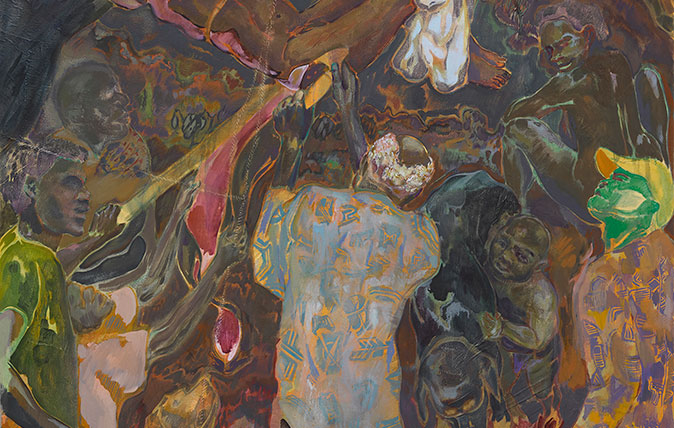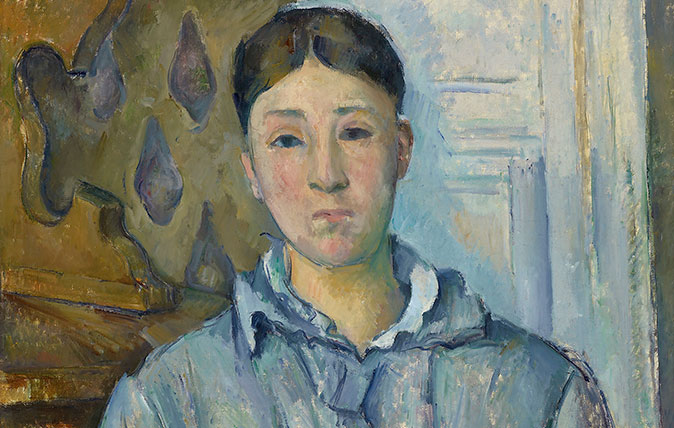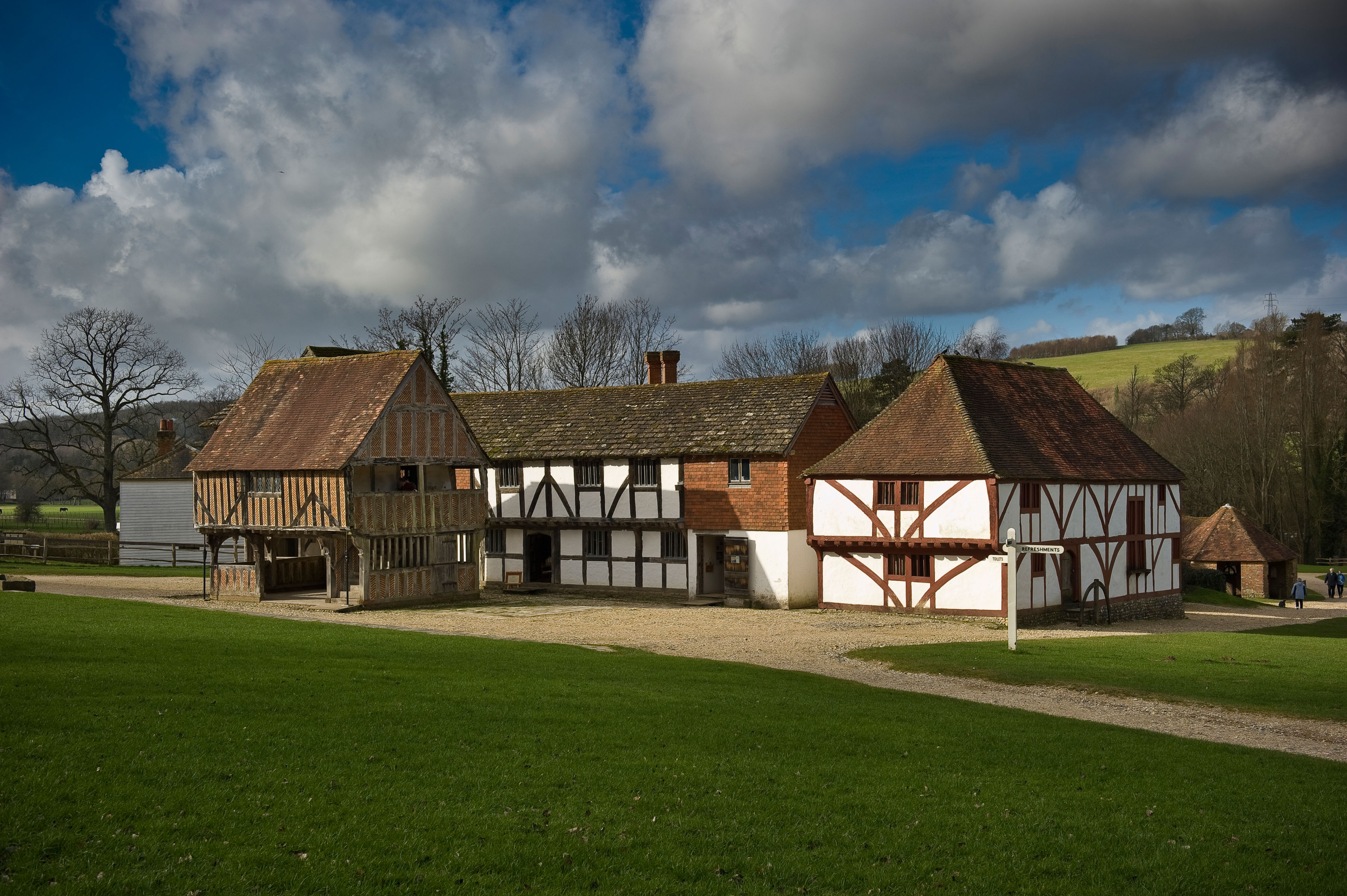In Focus: Michael Armitage's image of African violence that points the finger back at the western world
Michael Armitage's The Flaying of Marsyas is the centrepiece of his exhibition in South London. Lilias Wigan examines it in detail.


Born in 1984 and raised in Kenya, Michael Armitage divides his time between East Africa and London, where he studied at the Slade and the Royal Academy Schools. Aptly titled 'The Chapel’, his solo exhibition at the South London Gallery (open until 23 February 2018) demands cavernous contemplation.
The show’s ‘altarpiece’ painting, The Flaying of Marsyas (2017), draws on Greek Mythology. More directly, it references Titian’s sixteenth century composition of the western narrative, in which the satyr Marysas is skinned alive while hanging from a tree, having foolishly challenged the Apollo to a musical contest. Here, the victim Marsyas is hoisted horizontally to a branch — like a sacrificial offering. His head lurches back in agony.
The source material in this exhibition is diverse, spreading into popular culture, art history, news channels and social inequality, as well as cultural and political conflict. Armitage works on multiple canvases at once, often over the course of a couple of years. His canvas is terrestrial and rooted in ‘African’ imagery.
In each of these paintings, he ditches the conventional canvas and uses dried bark from the Ugandan lubugo tree; stretched over the frame, it forms a landscape of natural punctures and rips.
"This is a universal violence, for which the responsibility is global. Mankind is inexhaustibly capable of inflicting unjust pain."
This terrain has a certain resistance to the earthy tones of his paint. Sections have been crudely sewn back together, brutally suggestive of a surgeon stitching flesh. The mysterious central figure of the flayer came from a character in Armitage’s own documentary of the bark-skinning process (its traditional purpose is for burial shrouds and ceremonial dress). There are forces of life and death at play.
Armitage’s colour palette is undeniably enchanting and the complexity of his composition demands scrutiny. A thinly applied, luminescent ground-colour glows from the victim’s raw flesh; distinctive patterned clothing distracts our eye; the dripping blood is somehow sensuous. A dog seductively laps a pool of blood, while another eagerly anticipates the falling skin.
But our gaze is interrupted by violence and complication. A woman to the right squats confrontationally; she reminds us of a prostitute in Picasso’s controversial Les Demoiselles d’Avignon, whose face was modelled directly on an African mask. By interweaving cross-continent references, Armitage forms his own contemporary, globalised and hybrid scene. He may flaunt imagery of an ‘African violence’, but by inserting it into this European narrative, he points the finger back at the western world. This is a universal violence, for which the responsibility is global. Mankind is inexhaustibly capable of inflicting unjust pain.
Exquisite houses, the beauty of Nature, and how to get the most from your life, straight to your inbox.
Michael Armitage's solo exhibition, 'The Chapel’, is at the South London Gallery until 23 February 2018. Admission is free. Additionally, The National Galleries of Scotland in Edinburgh has just acquired (via donation) the first work of Armitage in a UK institution. It is currently on show in The Scottish National Gallery of Modern Art’s exhibition.

In Focus: Cézanne's brutally honest portrait of his wife, 'weary and dissatisfied', as their relationship was on the rocks
The National Portrait Gallery's exhibition of portraits by Paul Cézanne comes to an end this weekend. Lilias Wigan takes an

Things to do: Music in the gardens, the buildings of the Weald & Downland and a circus at the cathedral
Keep your diary up-to-date with our selection of unmissable events and things to do in the next few weeks.
-
 Is this the end of the Forever Home?
Is this the end of the Forever Home?The classic dream of finding a family house in which you can settle down, raise a family and grow old has never been harder to obtain. So has the concept of the 'Forever Home' had its day? Annabel Dixon reports.
-
 HO HO House of Commons: If I had to buy all of my Christmas presents from Parliament this is what I’d get and for who
HO HO House of Commons: If I had to buy all of my Christmas presents from Parliament this is what I’d get and for whoThe House of Common’s gift shop has got everything from a plushie of Attlee, the Speaker’s miserable looking cat, to a rubber duck that pays tribute to the mighty work of the Suffragettes.